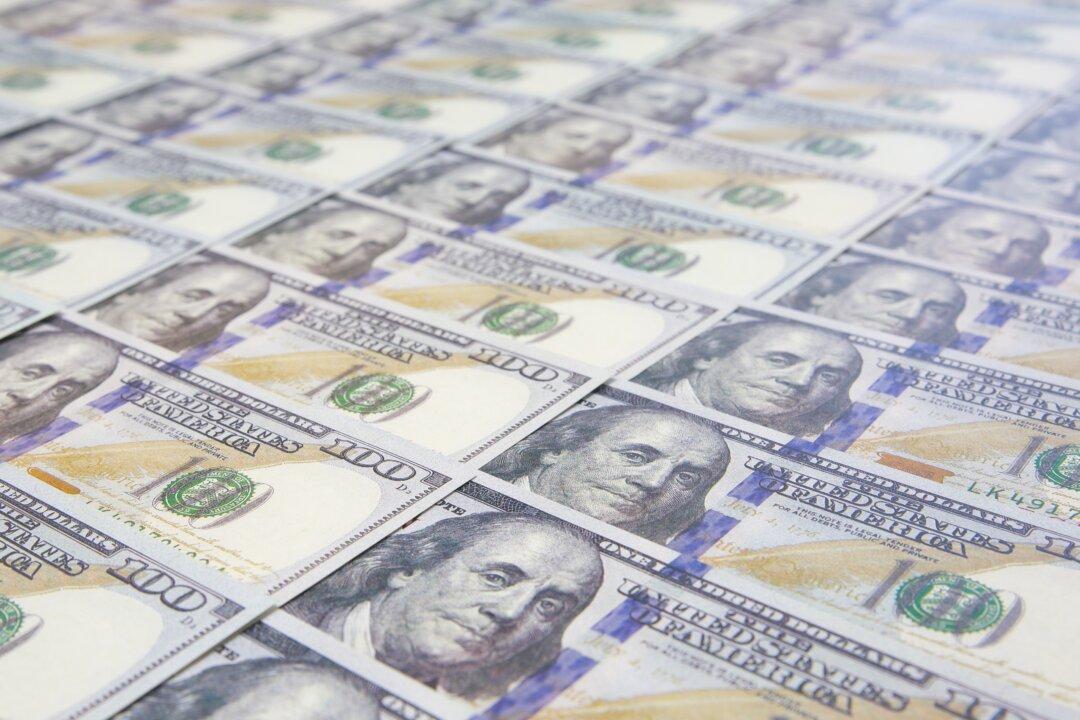Commentary
In my last column (“Will the Stock Market Crash? Part 1 of 2”), I answered this question in the affirmative, on the grounds that the market was the second most overvalued in history according to Shiller’s CAPE Index, and it had the highest level of margin debt since the Great Depression. Both conditions set the market up for crashes in the past.





